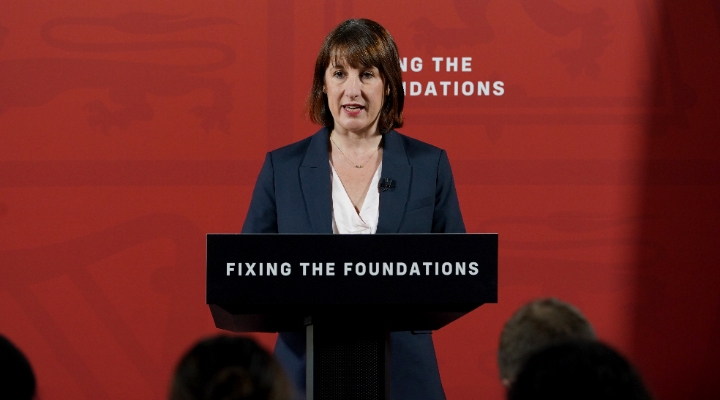
It’s been some time since car dealer Marshall (MMH) sounded quite so positive but the latest update suggests that this year will actually produce a profit. While £15 million is comparatively modest, we should remember that two months ago chief executive Daksh Gupta was promising no better than breakeven for the full calendar year.
Strong trading since the reopening of showrooms has enabled Marshall to pay £10.9 million of deferred VAT yet still end up with £31.5 million net cash.
Marshall sold 33.9% more new vehicles in total in the important month of September, when a new number plate was introduced, and 18.4% more like fo -like, to round off three months of impressive sales growth. While some of this is down to pent-up demand from the lockdown period, the group has easily beaten sales figures for the motor industry as a whole and has done so in the face of a limited supply of new vehicles caused by production shutdowns. Figures for fleet sales, used cars and after sales are equally encouraging.
Marshall is closing four dealerships that together lost £100,000 last year and expanding where there are more promising opportunities. Such action is vital in these difficult times.
The shares have recovered only half the losses suffered during the stock market collapse in March and have been moving sideways for the past four months. The reaction to the latest update has been lukewarm. It is not too late for those who like to invest in potential recovery plays to take a look.
Learning Curve
I wish I could feel as enthusiastic about education materials publisher Pearson (PSON) but this much changed company has still not found its way forward. Chief executive John Fallon tried to put a brave face on for the latest update, claiming that the digital performance is very strong.
This may possibly be the future, but tomorrow never arrives for Pearson. The reality of the here and now is a 14% drop in group sales over the first nine months of this year. There has admittedly been some improvement since a dire second quarter but even in the latest three months sales are 10% adrift.
The shares were over 900p two years ago. They now trade around 540p and the recovery since May has run out of steam. There is no compelling reason to buy.
Glamour Stock
Long-term shareholders in online fashion retailer ASOS (ASC) are used to some wild swings, with the company lurching between stock market darling and dog’s dinner. Fortunately the spectacularly good times have far outweighed the spectacularly bad times.
If you bought in at 6p (yes, 6 measly pennies) in 2004 you’re probably able to hide your disappointment that the current 4,650p is well below the peak of 7,450p set in February 2018.
Although the shares have come off the boil this week they are still in an upsurge that began in March, when they looked like dropping below 1,000p. They have been above 5,000p since. Quite a recovery.
With 3.1 million more customers signed up, sales for the year to the end of August were 19% ahead, all geographic regions performing pretty much in line. Profits soared and cash generation was strong.
Too racy for a stodgy investor like myself, but if you like rollercoasters then this week’s hefty correction will set your heart beating.
Contract Wins
One of the few shares to gain ground when the stock market slumped at Thursday’s opening was Cerillion (CER), maker of software for handling customer accounts. On top of winning its largest ever contract last month, it was able to say results for the past year to September 30 will be slightly ahead of expectations. The order book is at a record high and net cash is well ahead of forecasts.
A lot of good news is in the share price, which is nearly double the level in March. Shareholders should stay in while the good times roll.


























